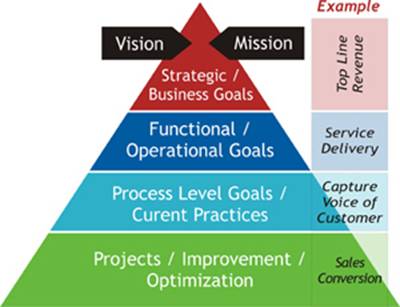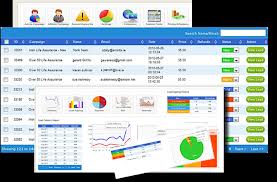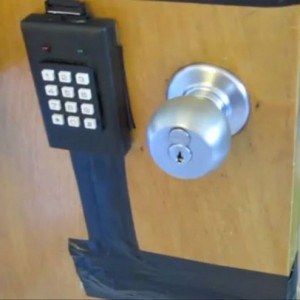The main focus of call center Six Sigma is quality control. Conventionally, quality control lies at the heart of establishing performance metrics and then measuring whether they were met or not. However, with the development of Six Sigma, this has changed. This performance improvement tool is focused on the identification of defects and resolution.
Call center Six Sigma improves existing processes by taking a rigorous approach to quality control. Without making any alterations to the existing processes, Six Sigma drives a call center towards delivering superior customer service all the while maintaining a competitive edge on other industry players.
The important goals that are common to all call centers are:
a) Cost control
b) Reduction in average length of calls
c) Maximizing agent productivity
d) Increased use of self-service channels
e) Achieving customer satisfaction
For achievement of these goals, the application Six Sigma in a call center must involve developing a number of characteristics that all agents should strive for. Famously known as “critical-to-quality” (CTQ), this involves items that must occur to deliver quality service to customers; make new and retain existing.
The three features of CTQ that can improve call center efficiency are explained below:
-
The first item is how promptly a phone call is answered. It is an established rule in call centers practicing Six Sigma to answer a call within three rings. The longer an agent takes to answer a call, the less valued a customer feels. Also, calls put on hold must follow a strict queue time of ten minutes and no more than that. Call holds extending this time limit will impact customer loyalty.
-
The second item revolves around the ease of customer connection to call operators. According to Six Sigma standards, customers must be presented with a menu of options that allow them to connect to an operator in less than three steps. Going beyond this limit results in wasted company resources and a potential loss of valued customers.
-
The third item focuses on having live help available at all times. The help must be well-trained. He/she should also demonstrate capabilities of functioning without a script and a sound knowledge of the company products and services.
Managers who are new to Six Sigma can compare their operational performance to that of others who are “best in class”. In other words, call center benchmarking can help companies learn where they stand and what measures they need to employ in order to reach new heights. Many experts hold the opinion that the best organizations are often more than willing to reach out to those who have a better than average industry standing. Therefore, call centers wanting to benchmark their existing metrics against the “best in class” organizations can do so without any second thought. With the tracking of subsequent developments, the centers can realize the full potential of their call center benchmarking efforts.
Thus, Six Sigma is a significant quality enhancement strategy that allows a call center enterprise to sustain its competencies and drive results..
About Author:
Gaurav Rai is a quality enthusiast with over 10 years of experience in the process improvement & process re-engineering domain. Has worked across varied industries/verticals and lead projects ranging across diverse business metrics – cost reduction, top line revenue, customer satisfaction, customer/employee retention to name a few.
Specialties: Certified Six Sigma Black Belt & PMP certified – has a “gigantic” passion for Open Source technologies. Loves to leverage “typical” quality improvement methodologies like Six Sigma along with technology to make business changes quick and fruitful.




